brandonf22
TPF Noob!
- Joined
- Apr 29, 2016
- Messages
- 10
- Reaction score
- 0
- Can others edit my Photos
- Photos OK to edit
Hello,
I am very new to shooting indoor products, in my case t-shirts. I have two large light setups that I purchased, as well as an over head light. This is the light setup I have 9 Bulb 9' Green Backdrop Daylight Softbox Studio Lighting Kit
I am shooting with a Nikon d5200, the lenses I have are a 35mm prime and a 18-55 kit lens.
What I have been doing is laying the shirt down on a contrasting colored board, almost flat on the ground. Then, shooting around 1/5 f11 iso200. My results are seriously hit or miss, and could definitely be better. Any ideas on what is needing to accomplish this? I have attached a photo of the look that I am going for. Im just about out of ideas and getting desperate! Any help would be appreciated.
I don't have any affiliation with this company by the way, just want to match the quality shirt product pics that they have with my shirts!
Thanks
I am very new to shooting indoor products, in my case t-shirts. I have two large light setups that I purchased, as well as an over head light. This is the light setup I have 9 Bulb 9' Green Backdrop Daylight Softbox Studio Lighting Kit
I am shooting with a Nikon d5200, the lenses I have are a 35mm prime and a 18-55 kit lens.
What I have been doing is laying the shirt down on a contrasting colored board, almost flat on the ground. Then, shooting around 1/5 f11 iso200. My results are seriously hit or miss, and could definitely be better. Any ideas on what is needing to accomplish this? I have attached a photo of the look that I am going for. Im just about out of ideas and getting desperate! Any help would be appreciated.
I don't have any affiliation with this company by the way, just want to match the quality shirt product pics that they have with my shirts!
Thanks


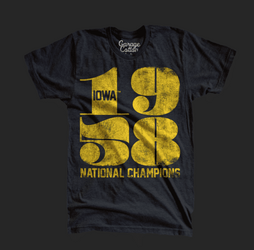
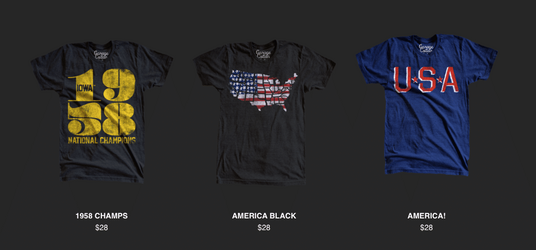
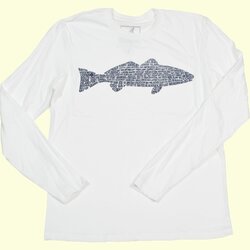
![[No title]](/data/xfmg/thumbnail/32/32182-3ec35e12e238c681a086455c4586fbef.jpg?1619735235)
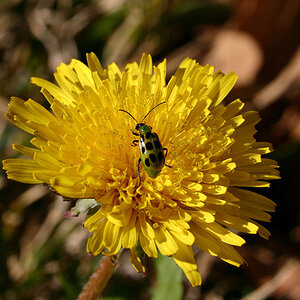
![[No title]](/data/xfmg/thumbnail/39/39442-c7791194bfea1b4d6bd382b004fb8488.jpg?1619739033)

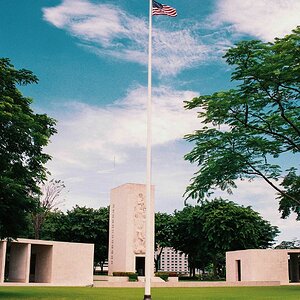
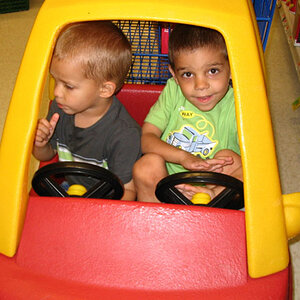
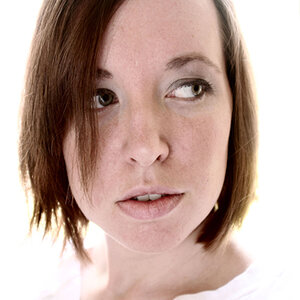

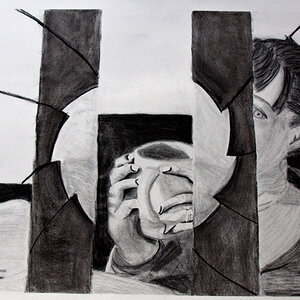
![[No title]](/data/xfmg/thumbnail/31/31980-e5048a424621c7b3cd0d306d63c09d67.jpg?1619735137)